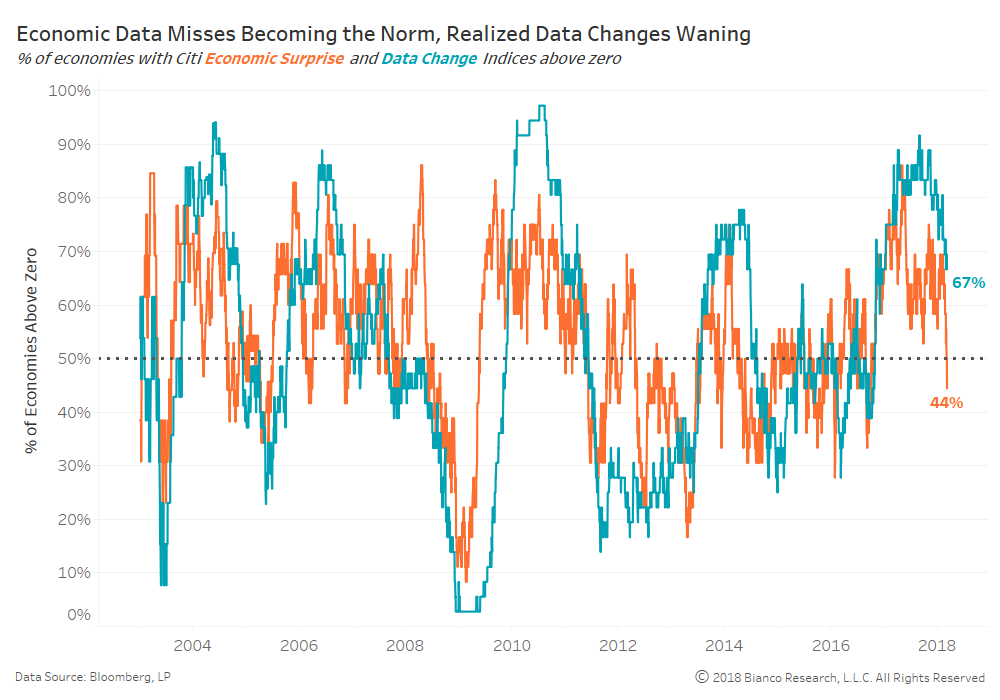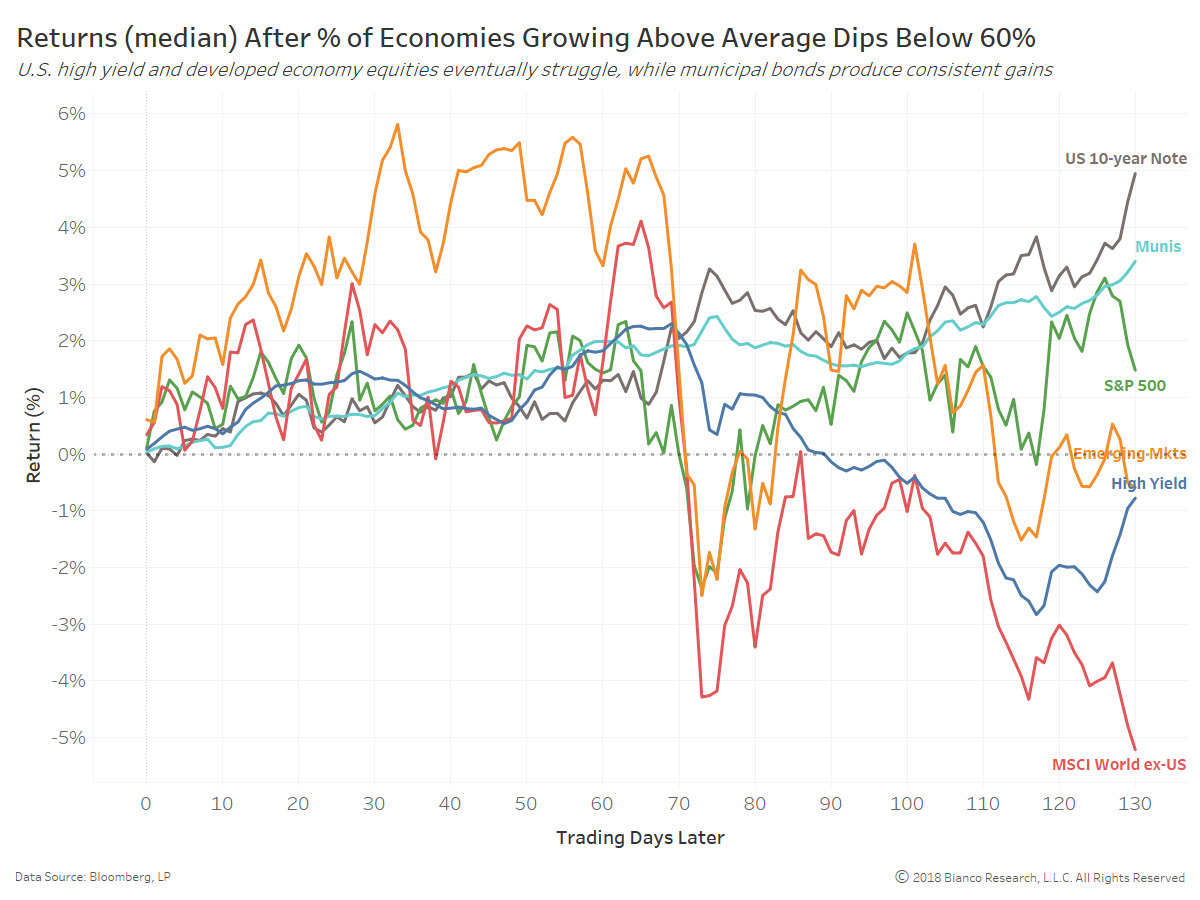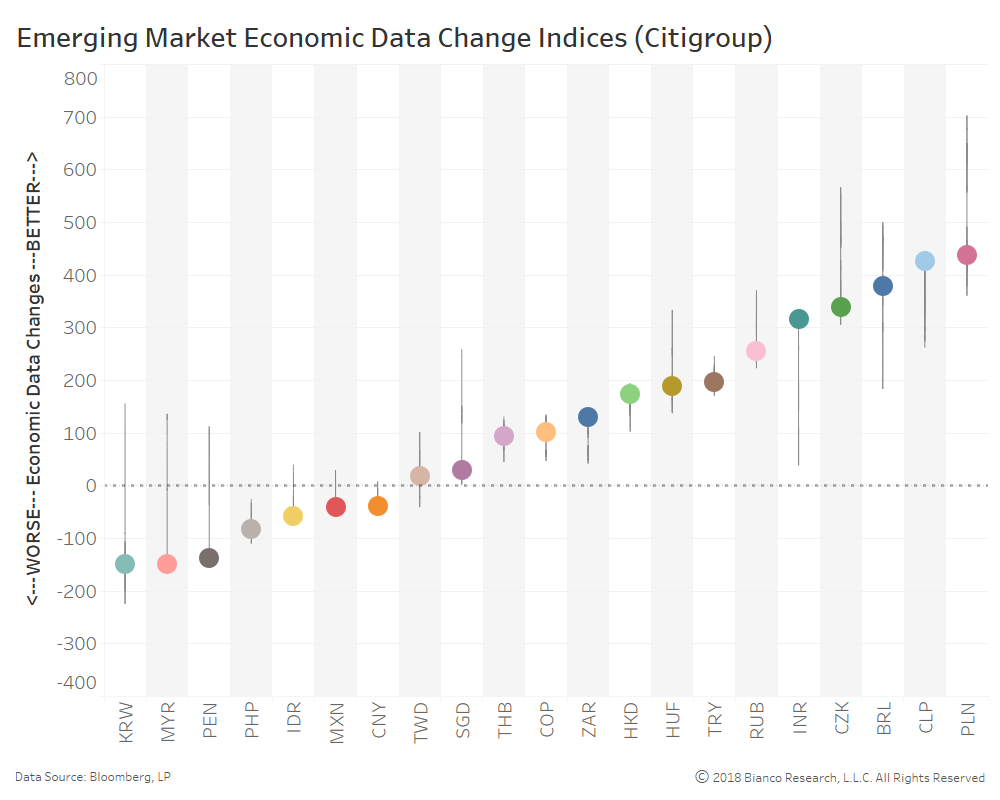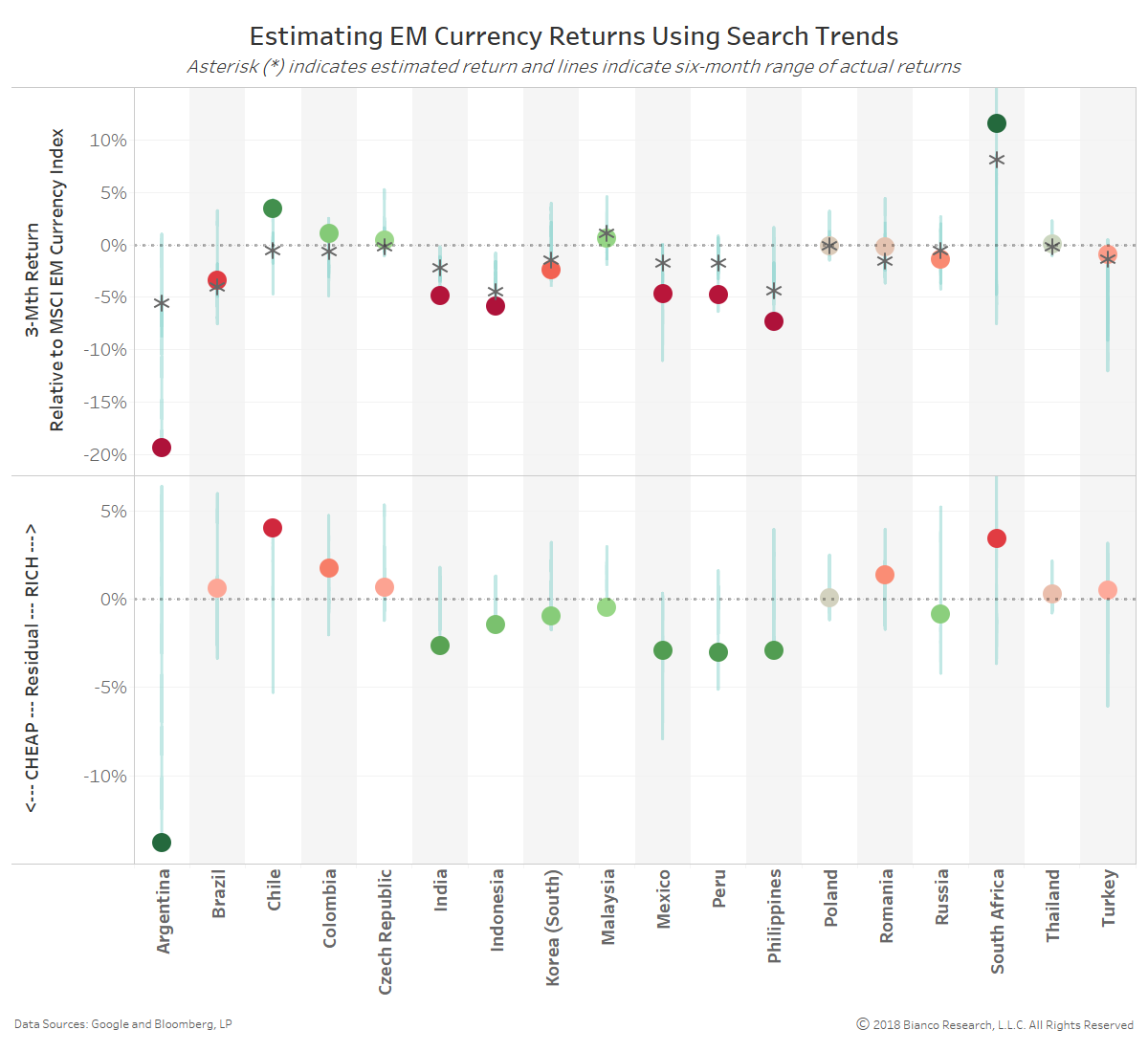- The Financial Times – Why the global economy is due for a downswing
Alarm bells should start ringing when so many countries are performing so well at once
After so many years of anaemic growth and low wages, it might seem unreasonable to suggest that the next economic downswing could be lurking just around the corner. It is true that unemployment rates have dropped dramatically and wages have picked up a touch in a number of countries, and both are useful “end-of-cycle” indicators. On the other hand, interest rates are mostly low, President Donald Trump is offering fiscal stimulus in the US, the eurozone is more dynamic than it has been in many years and earlier fears regarding a Chinese economic meltdown now look absurd.
Summary
Comment
We have all been discussing ‘concerted global economic growth’ since early 2017 as a tailwind to risk assets and central bank policies. The chart below shows the percentage of the world’s economies producing economic data surprises (orange line) and above-average data changes (blue line) since 2004.
Over 90% of economies were indeed posting realized data changes at above-average growth rates in mid-2017. However, reported data has slowed its ascent over the past month led by the Eurozone and Canada. The percentage of economies with upside surprises has fallen to 44%, which has been a leading indicator for actual data changes like payrolls, industrial production, and durable goods orders. Above-average data changes have also rolled over to 67%. A break below 50% would mean ‘concerted economic growth’ should no longer be proclaimed.
The next chart offers the median returns by major asset classes after the percentage of economies growing above-average falls below 60%. The impact is not immediate, but higher volatility and drawdowns do ensue over the following months.
We expect U.S. Treasury yields will slow their climb in this event, helping promote more steady, positive returns by the likes of municipal bonds. Emerging markets, U.S. high yield, and the S&P 500 are not necessarily expected to tumble, but higher volatility will remain the theme.
The potential for sustained global trade tensions is a major risk factor for emerging markets, even beyond the exporters of basic materials. Slower global trade overall would dent one of the bright spots in global economic growth and send investors toward other opportunities. Today, emerging markets are hopeful Secretary Cohn can prevail. If not, one of the dominant investing themes from 2017 may be changing.
We are seeing slowing in emerging market data changes in parts of East Asia and Central American. The chart below shows the latest Citigroup Data Change Index levels (dots) along with the six-month range (vertical lines).
Finding value and lower volatility will be important in the months ahead. The chart below shows a novel method of assessing emerging market currencies relative to the MSCI Emerging Markets Index. The top panel shows the three-month relative return to the index (red/green circles), six-month ranges (vertical lines), and model estimates (asterisks). The bottom panel shows whether or not each currency is cheap or rich based on its residual (difference between the estimate and actual return).
We leverage the unique information provided by Google search trends for each country. This data is a result of searches made by citizens and businesses within each country’s borders, revealing their sentiment and biases. We focus heavily on searches relating to innovation, renewable energy, and other technologies.
The Mexican peso, Peruvian sol, and Philippine peso are cheap relative to the index. Conversely, the Chilean peso and South African rand are rich.




